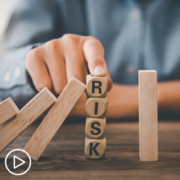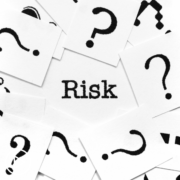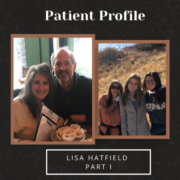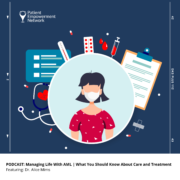How Is High-Risk Myeloma Assessed?
How Is High-Risk Myeloma Assessed? from Patient Empowerment Network on Vimeo.
Expert Dr. Jeffrey Matous explains how myeloma risk is determined, including staging, genetic analysis, and discusses the frequency of high-risk myeloma in patients.
Dr. Jeffrey Matous is a myeloma specialist at the Colorado Blood Cancer Institute and the assistant chair in myeloma research for Sarah Cannon Research Institute. Learn more about Dr. Matous.
Related Resources:

|

|
Transcript:
Katherine:
You mentioned high-risk myeloma earlier. How do you determine if a patient is high risk or low risk?
Dr. Jeffrey Matous:
Absolutely, so this is not uniformly agreed upon among myeloma doctors, but in general, we assess risk based on a few different things. One is called staging, and we stage myeloma unlike any other cancer, so it’s not staged like breast cancer, or lung cancer, or prostate cancer. It’s staged according to something called R-ISS, RISS, and you get, basically, a one, two, or a three.
Those are your stages, and in general, if your stage III, you have higher risk disease, but even more than that, we’re beginning to understand how myeloma cells misbehave at the genetic level, and we know that there are certain genetic findings inside the myeloma cell that can convey higher risk features. It’s important to stress to patients that these are not genetic findings that they were born with or can pass on through hereditary.
These are findings that occurred during the life of the patient that occurred by chance and developed inside that cell that turned into myeloma, and those are the genetic changes that we’re talking about. And we know that certain of these genetic changes confer higher risk disease. And in general, Katherine, if I see 100 people with myeloma, about 85 of the 100 will fall into what I call a standard risk category and about 15 percent will fall into what we call the high-risk category.
Katherine:
Okay. That’s really good to know. Thank you.











